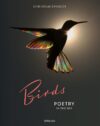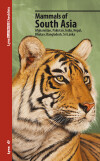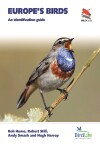New Book: Birds of Montana
August 1, 2016 | Comments (0)
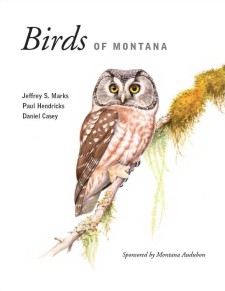 Birds of Montana
Birds of Montana
by Jeffrey S. Marks, Paul Hendricks, and Daniel Casey
From Buteo Books:
Accounts for each of the 433 species of birds documented in Montana between statehood in 1889 and January 1, 2016.
Birds of Montana is the first comprehensive reference on the state’s birds since Saunders published A Distributional List of the Birds of Montana in 1921, and it is the only work that provides a thorough review of the status, distribution, relative abundance, ecology, and conservation of the 433 bird species that have been found in the state since Montana entered the Union in 1889.
Introductory chapters describe Montana’s geography, topography, and habitat types; thoroughly review the vast historical literature on the state’s birds beginning with the journals of Lewis and Clark; and summarize conservation issues and actions that will affect the health of bird populations for decades to come. Detailed species accounts provide a range map for selected species and summarize information under the subheadings Status and Occurrence, Habitat, Conservation, Historical Notes, Contemporary Work, and Banded Birds.
A modern account of the status, biology, and conservation of Montana’s birds is long overdue. Birds of Montana fills that need and will be a valuable reference that will increase the public’s knowledge of the state’s birds, enhance awareness of conservation issues affecting birds and their habitats, and establish a benchmark against which changes in Montana’s bird populations can be measured in the future.
155 color range maps, 73 original illustrations of individual species, and 16 full-color habitat photos.
Quite simply, this is a treasure trove for birders under the Big Sky. Visiting birders will find some interesting information – I particularly enjoy the historical notes – but a bird-finding guide this is not. Residents, however, will find it indispensable.
Birds of Montana
by Jeffrey S. Marks, Paul Hendricks, and Daniel Casey
Hardcover; 672 pages
Buteo Books; July, 2016
ISBN: 9780931130199
$75.00


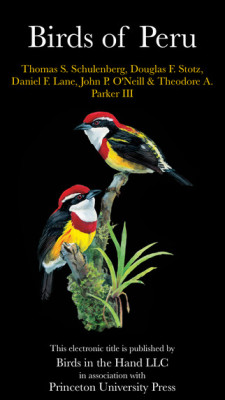 The Birds of Peru
The Birds of Peru In Praise of Poison Ivy: The Secret Virtues, Astonishing History and Dangerous Lore of the World’s Most Hated Plant
In Praise of Poison Ivy: The Secret Virtues, Astonishing History and Dangerous Lore of the World’s Most Hated Plant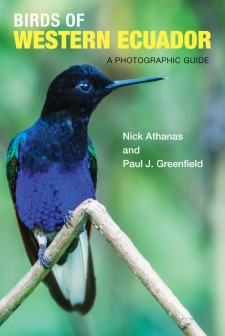 Birds of Western Ecuador: A Photographic Guide
Birds of Western Ecuador: A Photographic Guide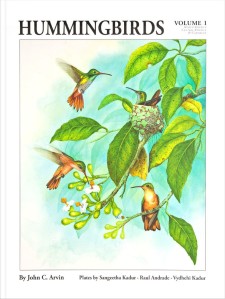 Hummingbirds: Volume 1 (North America, Central America & Caribbean)
Hummingbirds: Volume 1 (North America, Central America & Caribbean)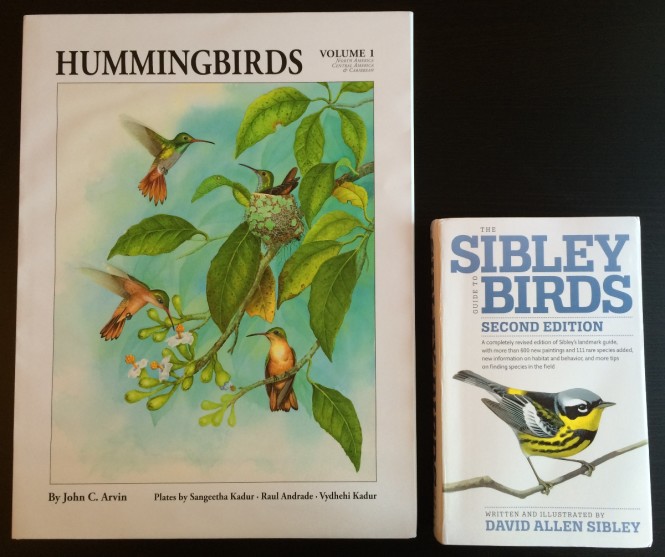
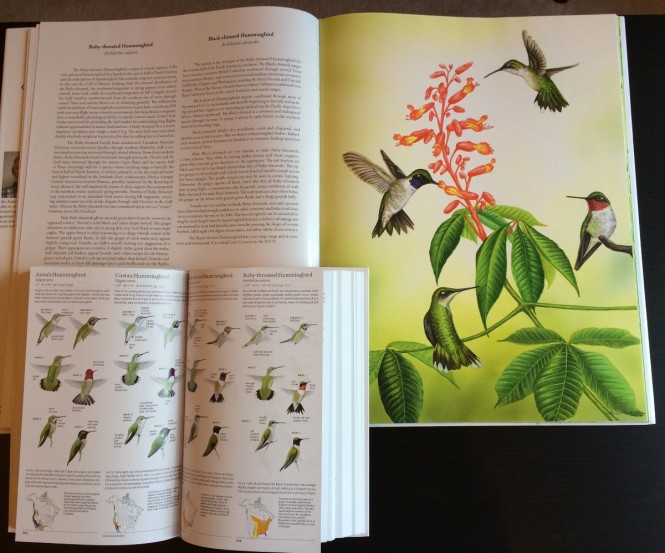
 Soar
Soar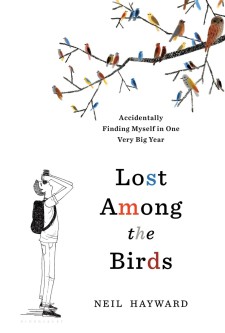 Lost Among the Birds: Accidentally Finding Myself in One Very Big Year
Lost Among the Birds: Accidentally Finding Myself in One Very Big Year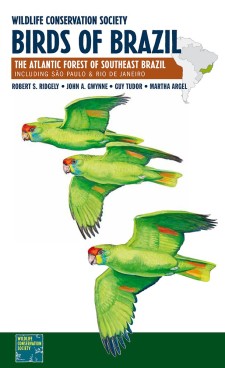 Wildlife Conservation Society Birds of Brazil: The Atlantic Forest of Southeast Brazil, including São Paulo and Rio de Janeiro
Wildlife Conservation Society Birds of Brazil: The Atlantic Forest of Southeast Brazil, including São Paulo and Rio de Janeiro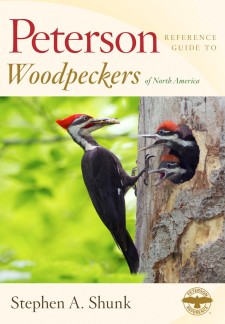 Peterson Reference Guide to Woodpeckers of North America
Peterson Reference Guide to Woodpeckers of North America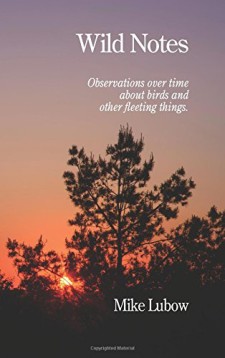 Wild Notes: Observations over time about birds and other fleeting things
Wild Notes: Observations over time about birds and other fleeting things



